There are many techniques for artistic photography that allow you to get unusual visual effects. One of them is “fisheye”. It is achieved by using a wide-angle lens at short focal lengths. Therefore, it cannot be reproduced on amateur cameras. However, you can make a fisheye effect in Adobe Photoshop from a regular photo.

Necessary
- - installed Adobe Photoshop;
- - image file.
Instructions
Step 1
Open the original image in Adobe Photoshop by choosing "Open …" from the File menu. Use the text box at the bottom of the document window or the Zoom Tool to set the appropriate viewing scale. It should allow manipulation of the entire area of the image intended for processing.
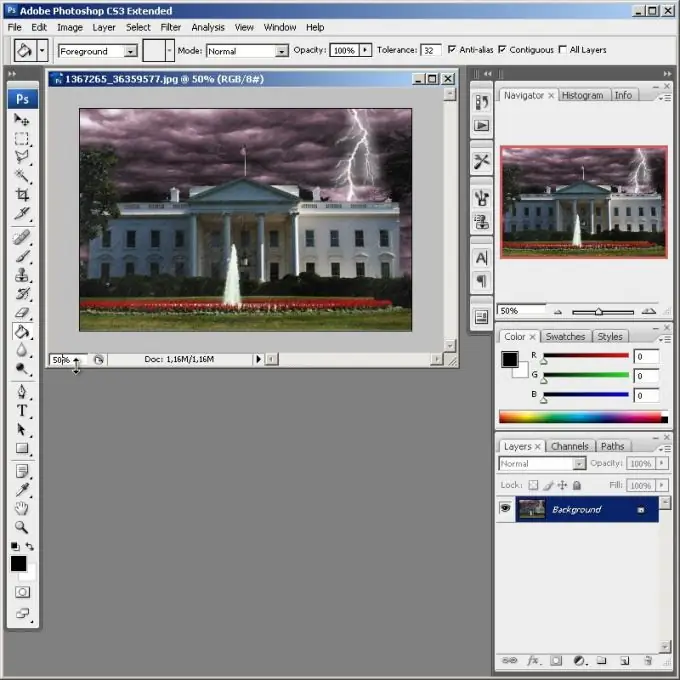
Step 2
Create a main layer from the background. In the main menu, select the items Layer, New, "Layer From Background …". Click on the OK button in the appearing Layer dialog.

Step 3
Select the area of the image to which you want to apply the fisheye effect. Use the Rectangular Marquee Tool or the Elliptical Marquee Tool. If the entire image needs to be processed, skip this step.
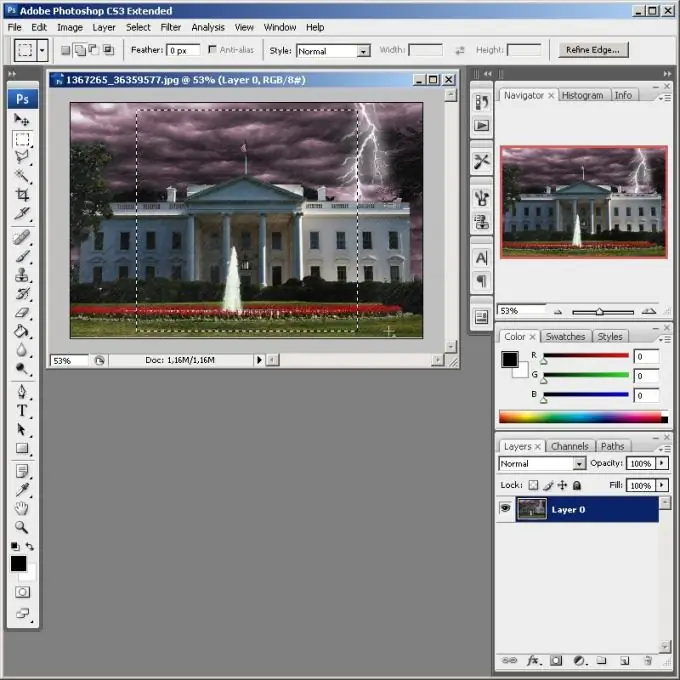
Step 4
Activate the image processing mode by introducing distortion. From the menu, select Edit, Transform and Warp in sequence. After that, a grid will appear in the document window to control the effect parameters.
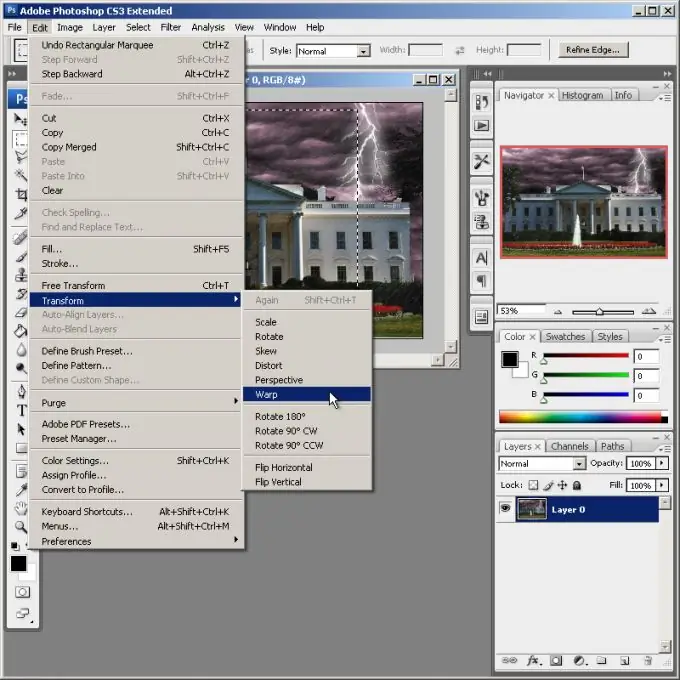
Step 5
Change the applied distortion type to fisheye. Click on the Warp drop-down list located in the top toolbar. Select the Fisheye element. The control grid in the document window will change its appearance (only one marker will remain).
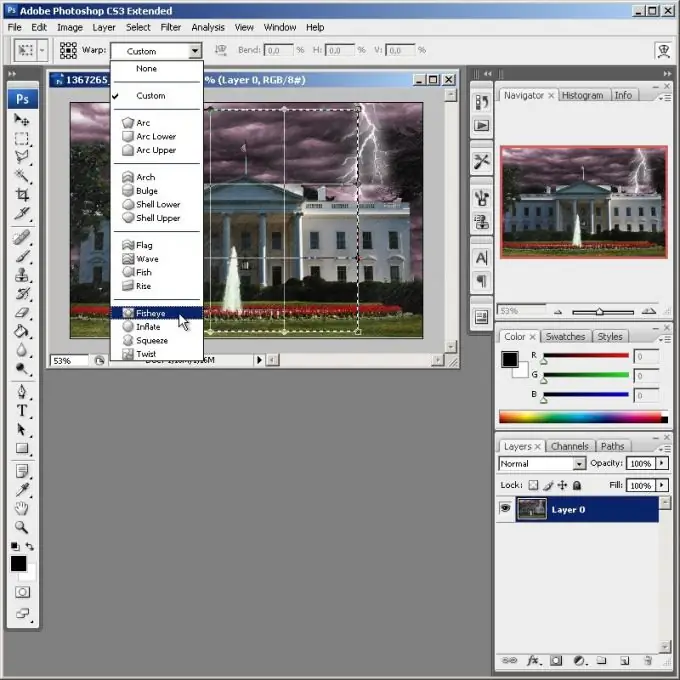
Step 6
Apply a fisheye effect to the processed image. Move the control grid marker with the mouse until the required distortion level is reached.
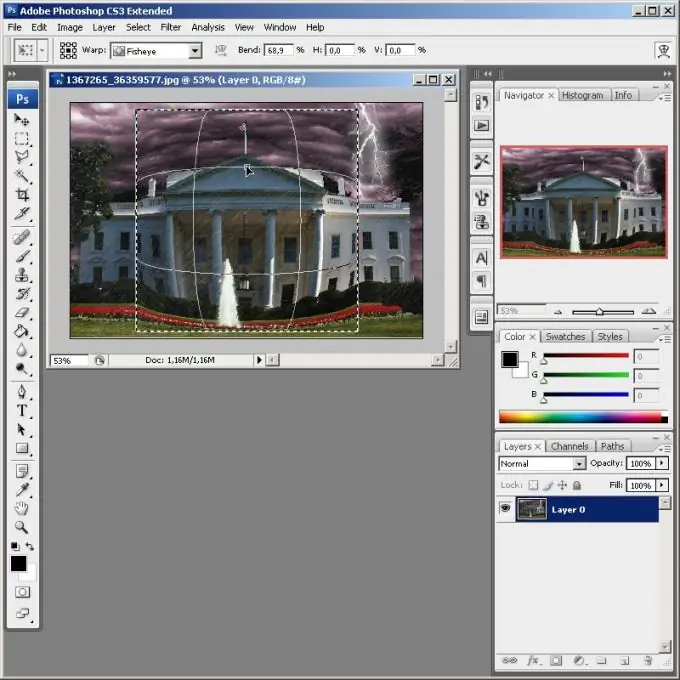
Step 7
If you need to make additional changes to the image, for example, to give the distortion area a rounded shape, select the Custom item in the Warp list. Move the nodes of the mesh to get the desired effect. Apply the changes by clicking on any button on the toolbar and clicking OK in the dialog that appears.
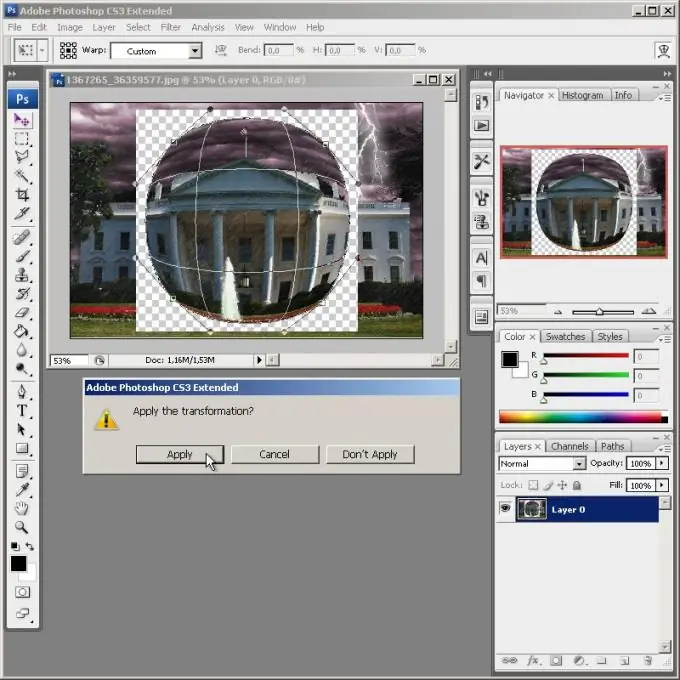
Step 8
If necessary, tweak the image with the added fisheye effect. For example, invert the current selection by pressing Ctrl + I, clear the background by pressing Del, and then fill it with the desired color using the Paint Bucket Tool. Crop with the Crop Tool.
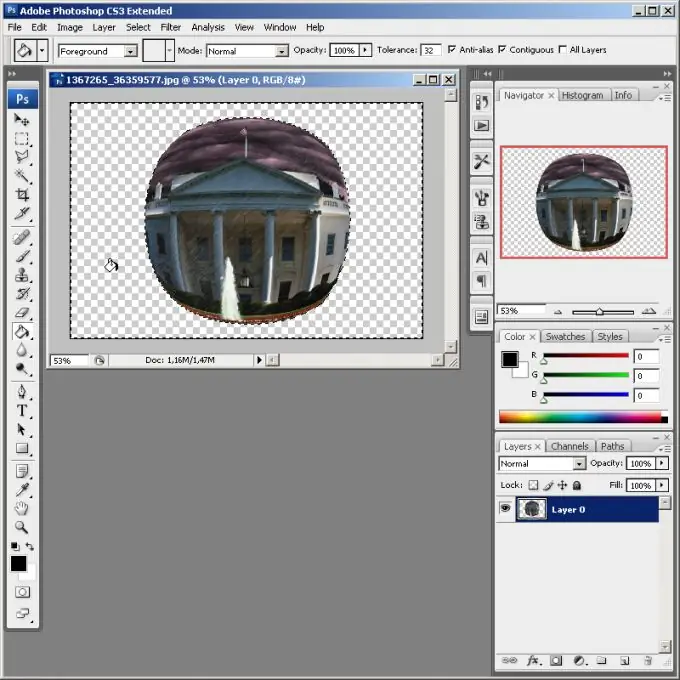
Step 9
Save the result of your work to a file. Use the "Save As …" or "Save for Web & Devices …" item in the File section of the main menu. When saving, pay special attention to the choice of the data format and compression rate. If you intend to work with the image, save a copy of it in PSD format.






